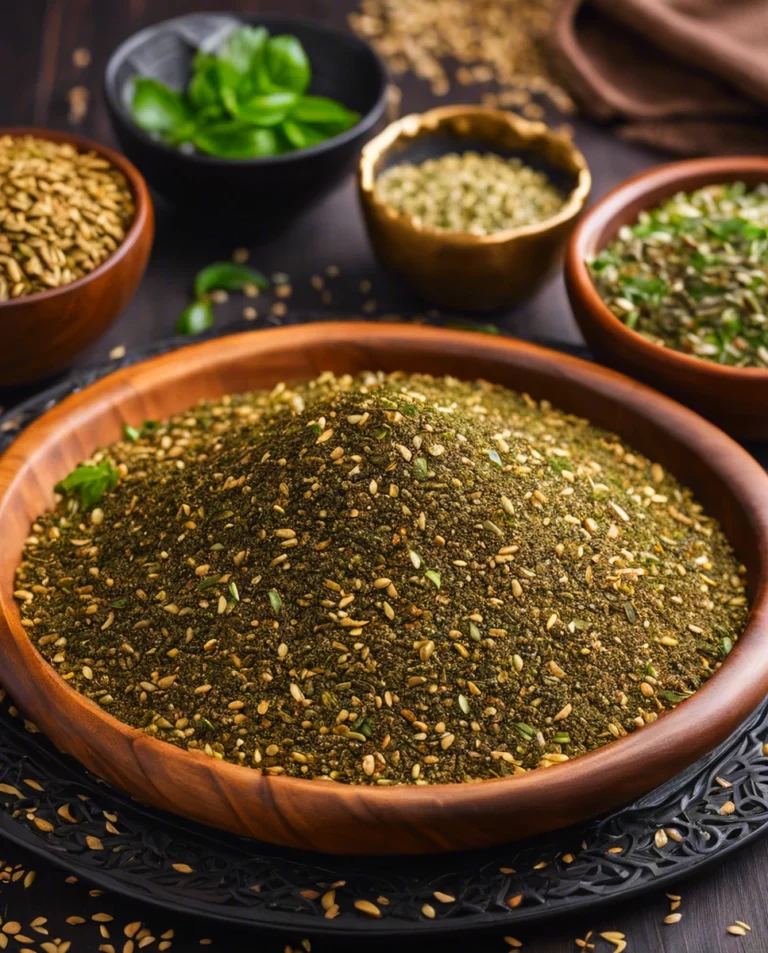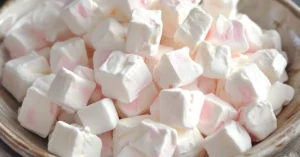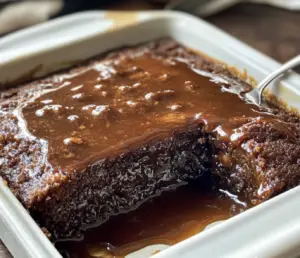Zaatar Recipe , a beloved treasure of Middle Eastern cuisine, traces its roots back to ancient civilizations. Originating in the cradle of civilization, the Levant region, encompassing lands such as Lebanon, Syria, Jordan, and Palestine, zaatar has woven itself into the fabric of culinary history.
The term “zaatar” encompasses both the herb itself and the spice blend crafted from it. Across ancient Egyptian, Greek, and Roman cultures, zaatar held esteemed status for its medicinal properties and culinary allure. Revered as a symbol of joy, it was often utilized to heal ailments and elevate dishes to new heights of flavor. With time, zaatar became an indispensable ingredient, adorning tables and tantalizing taste buds worldwide.
History of Zaatar
Zaatar has a rich history that dates back to ancient times. It is believed to have originated in the Middle East, particularly in the Levant region, which includes countries like Lebanon, Syria, Jordan, and Palestine.
Za’atar was highly regarded in ancient Egyptian, Greek, and Roman cultures for its medicinal and culinary properties. It was considered a symbol of happiness and was often used to treat various ailments. Over time, zaatar became an integral part of Middle Eastern cuisine and is now enjoyed all over the world.
Traditional Ingredients
The key ingredients in a traditional zaatar blend include dried thyme, sumac, sesame seeds, and salt. These ingredients are combined to create a fragrant and flavorful spice mix that can be used in a multitude of ways. Each ingredient brings its own unique flavor profile to the blend.
Dried thyme is the main component of zaatar and provides a subtle earthy flavor. Sumac adds a tangy and slightly citrusy taste, while sesame seeds contribute a nutty crunch. A touch of salt helps to balance the flavors and bring out the aromatic qualities of the other ingredients.
Zaatar Recipe:
How to Make Za’atar recipe at Home
Making zaatar at home is a simple process that allows you to customize the blend to your liking. Here’s a step-by-step guide on how to make your own authentic zaatar:
Ingredients:
- 1/4 cup dried thyme
- 2 tablespoons ground sumac
- 2 tablespoons toasted sesame seeds
- 1 teaspoon salt
Instructions:
Toast Sesame Seeds: Begin by toasting the sesame seeds in a dry skillet over medium heat. Stir frequently to ensure even toasting and prevent burning. Once the seeds turn golden brown and emit a fragrant aroma, remove them from the skillet and allow them to cool completely.
Combine Ingredients: In a small bowl, combine the dried thyme, ground sumac, toasted sesame seeds, and salt. Ensure that all ingredients are well mixed for a balanced flavor profile.
Mix Thoroughly: Use a spoon or whisk to thoroughly mix all the ingredients together. This ensures that the flavors are evenly distributed throughout the blend, resulting in a harmonious combination of herbs and spices.
Store Properly: Transfer the freshly made zaatar into an airtight container to preserve its freshness. Store it in a cool, dry place away from direct sunlight. Properly stored zaatar can retain its flavor for up to 6 months, allowing you to enjoy its culinary versatility for an extended period.

Exploring Za’atar: Delicious Ways to Indulge in Its Flavors
Zaatar, with its enchanting blend of herbs and spices, unlocks a world of culinary creativity. Here are some delightful ways to savor the distinctive taste of this beloved Middle Eastern spice blend:
Zaatar Bread: Elevate ordinary bread into a culinary masterpiece by generously sprinkling zaatar over pita bread or flatbread dough before baking. The result? A tantalizingly aromatic treat that pairs perfectly with dips or can be enjoyed on its own.
Za’atar Dip: Elevate your snack game by crafting a flavorful dip with zaatar. Simply mix zaatar with olive oil or yogurt to create a creamy and aromatic dip, perfect for pairing with fresh vegetables or crispy pita chips.
Za’atar Chicken: Infuse your chicken dishes with the aromatic essence of zaatar. Rub the zaatar blend onto chicken before grilling or roasting to impart a fragrant and savory flavor profile that will tantalize your taste buds.
Za’atar Salad: Add a burst of flavor to your salads by sprinkling zaatar over fresh greens. The herbaceous notes of zaatar complement the crispness of the vegetables, creating a refreshing and flavorful salad experience. I used it in this recipe : Crown Fried Chicken .
FAQs: Exploring the Essence of Za’atar
What’s Zatar Made Of?
Zaatar, hailed as the epitome of Middle Eastern spice blends, harmoniously melds dried thyme, sesame seeds, sumac, and salt. This medley of ingredients orchestrates a flavor symphony, marrying savory, tangy, and nutty notes in perfect harmony.
What Do We Call Zatar in English?
In English-speaking realms, Zaatar assumes the moniker of “Middle Eastern spice blend.” Its aromatic allure and versatile nature have cemented its status as a cherished kitchen staple worldwide.
What Can I Use Instead of Za’atar?
In the absence of Zaatar, fret not! Craft a worthy substitute by amalgamating equal parts dried thyme, sesame seeds, sumac, and a pinch of salt. This makeshift blend effortlessly mimics Zaatar’s flavors, ensuring your dishes retain their Middle Eastern charm.
Is Oregano and Zaatar the Same?
While oregano shares flavor kinship with Zaatar, they remain distinct entities. Zaatar boasts a melange of herbs and spices, including thyme, while oregano singularly denotes the herb Origanum vulgare. Each imparts its unique essence to culinary creations, enriching dishes with unparalleled character.
In conclusion, Zaatar emerges as a versatile and aromatic spice blend, enriching a plethora of dishes with depth and complexity. By delving into its history, traditional ingredients, and simple homemade recipe, you can seamlessly incorporate this flavorful blend into your culinary repertoire. Whether adorning bread, enhancing dips, or seasoning meats, Zaatar promises to elevate your culinary creations to celestial heights.





1 thought on “Zaatar Recipe”